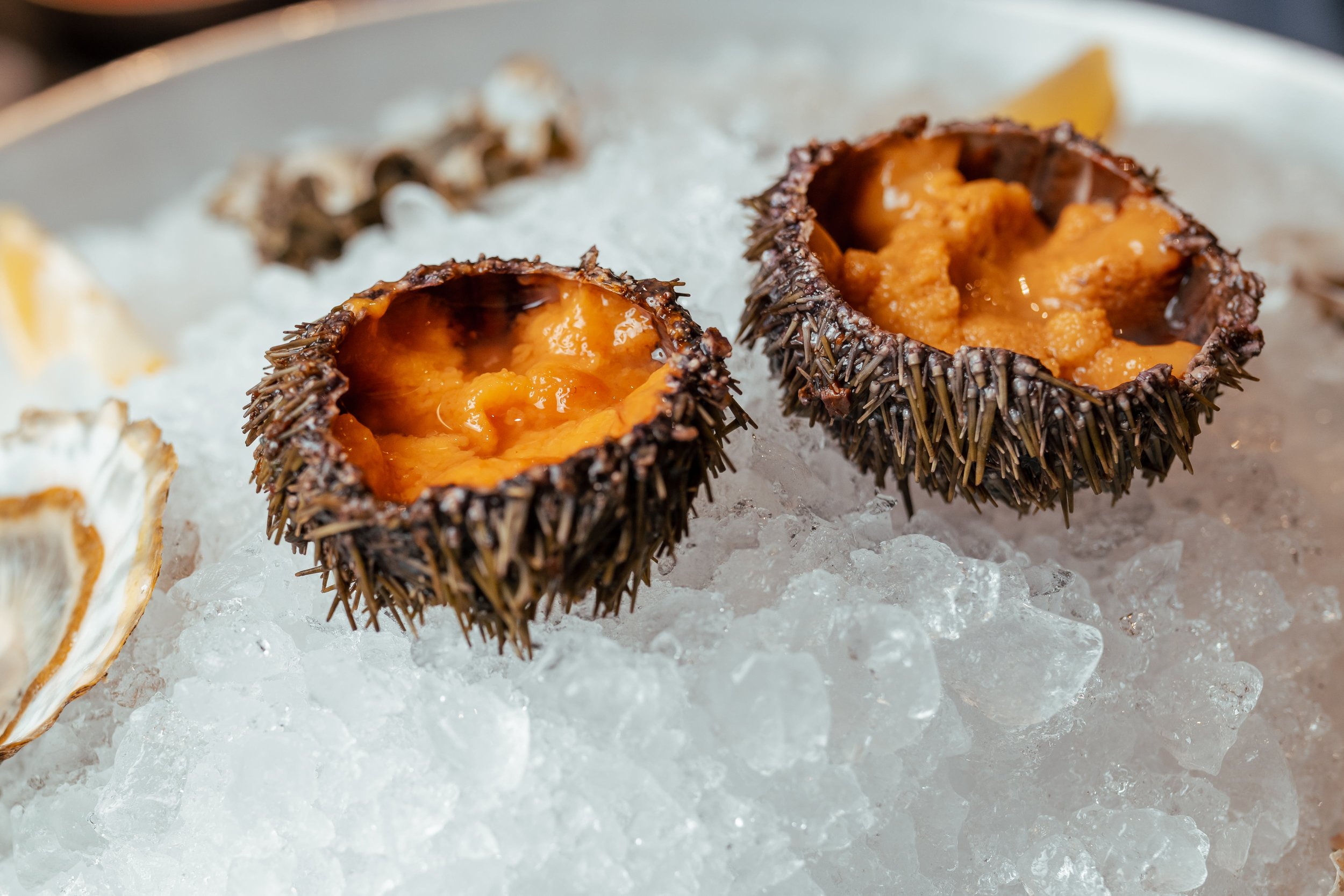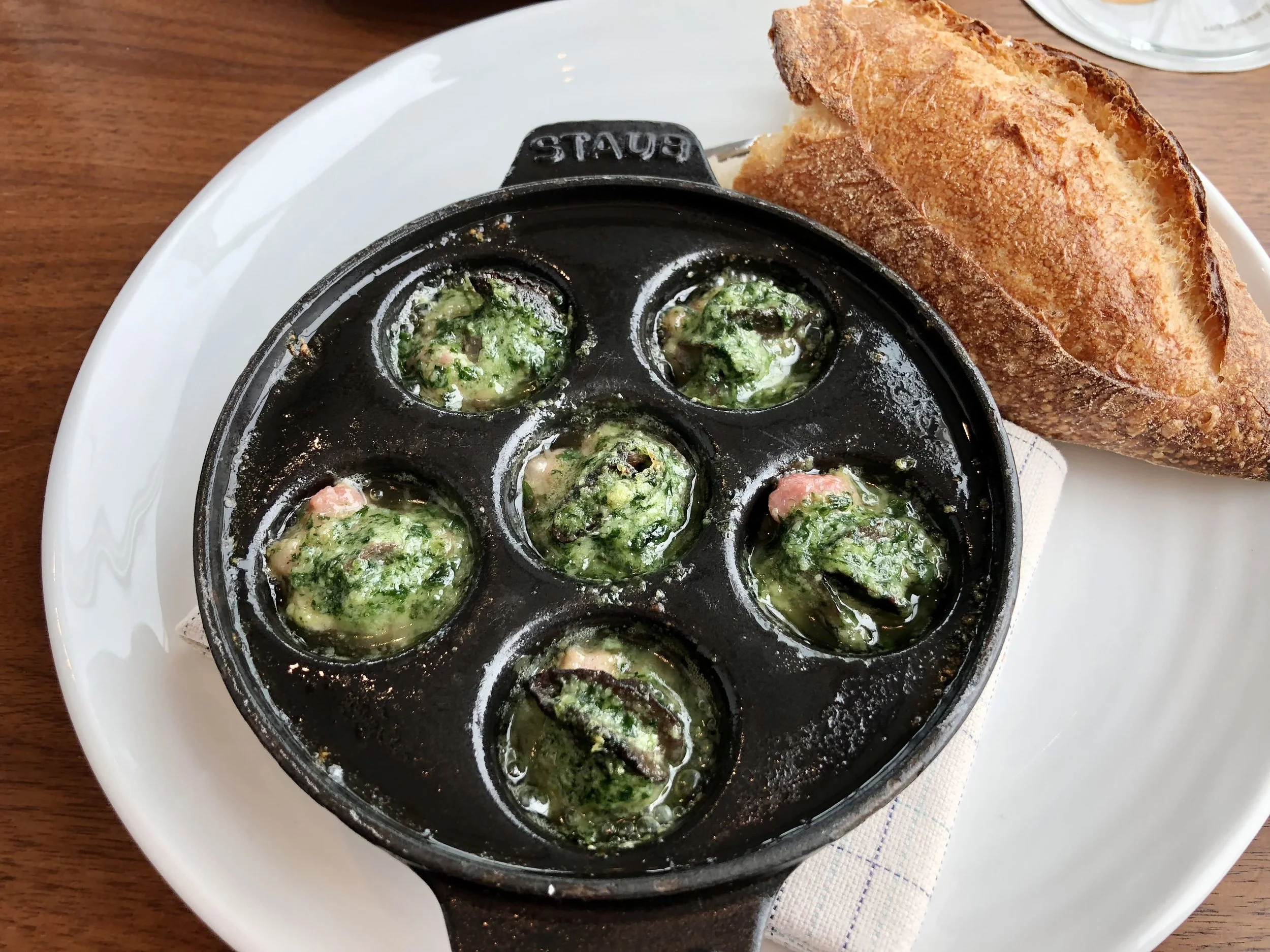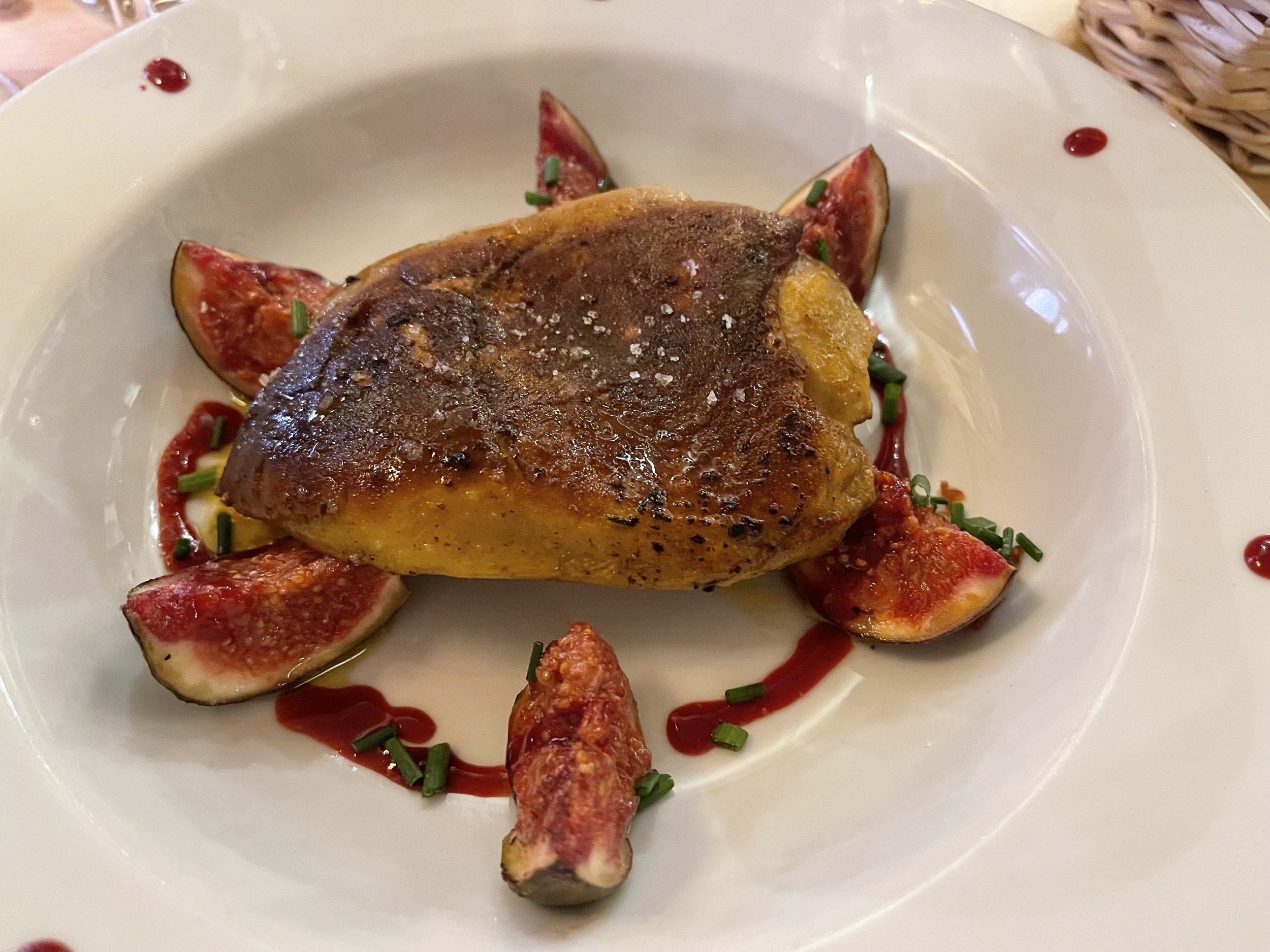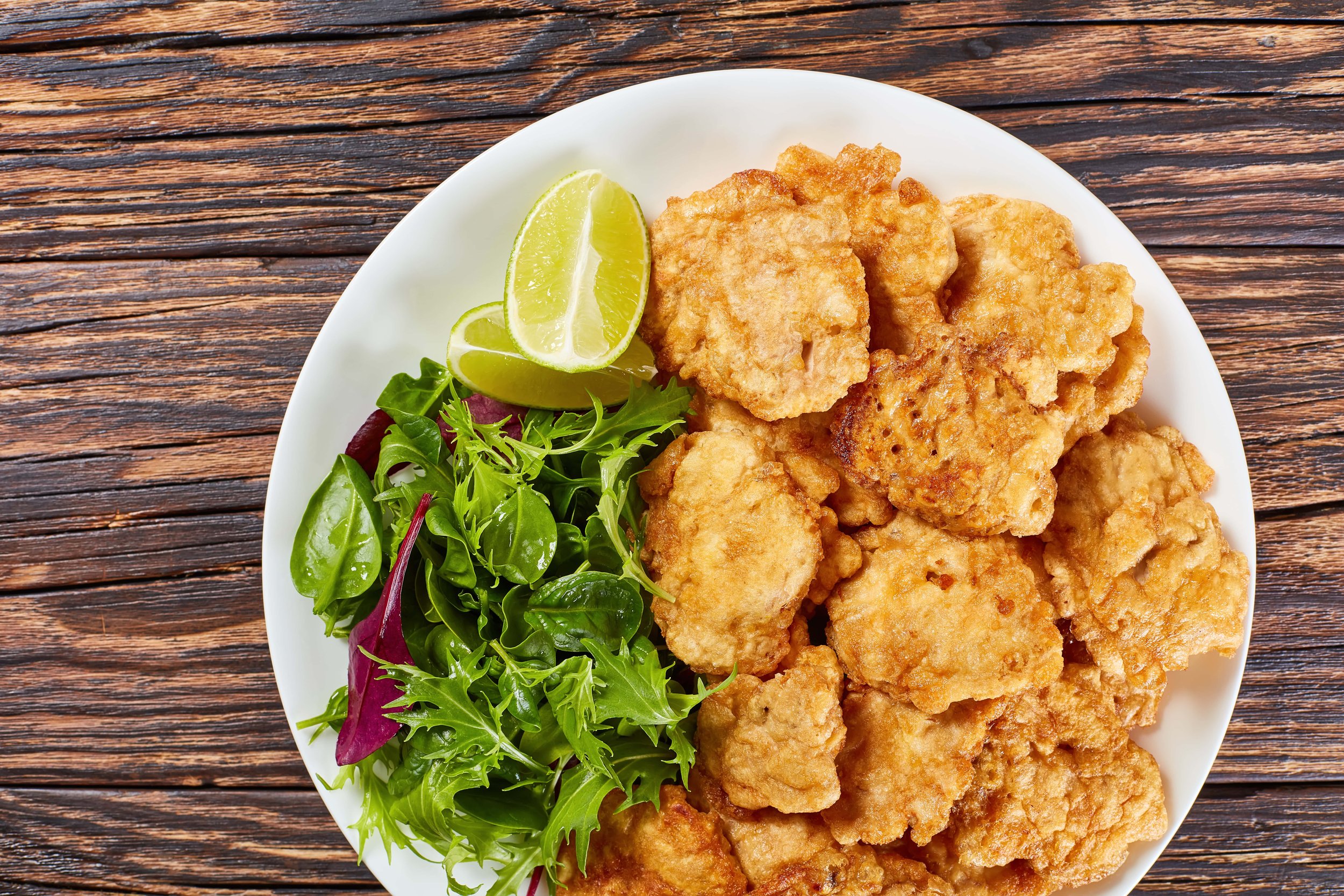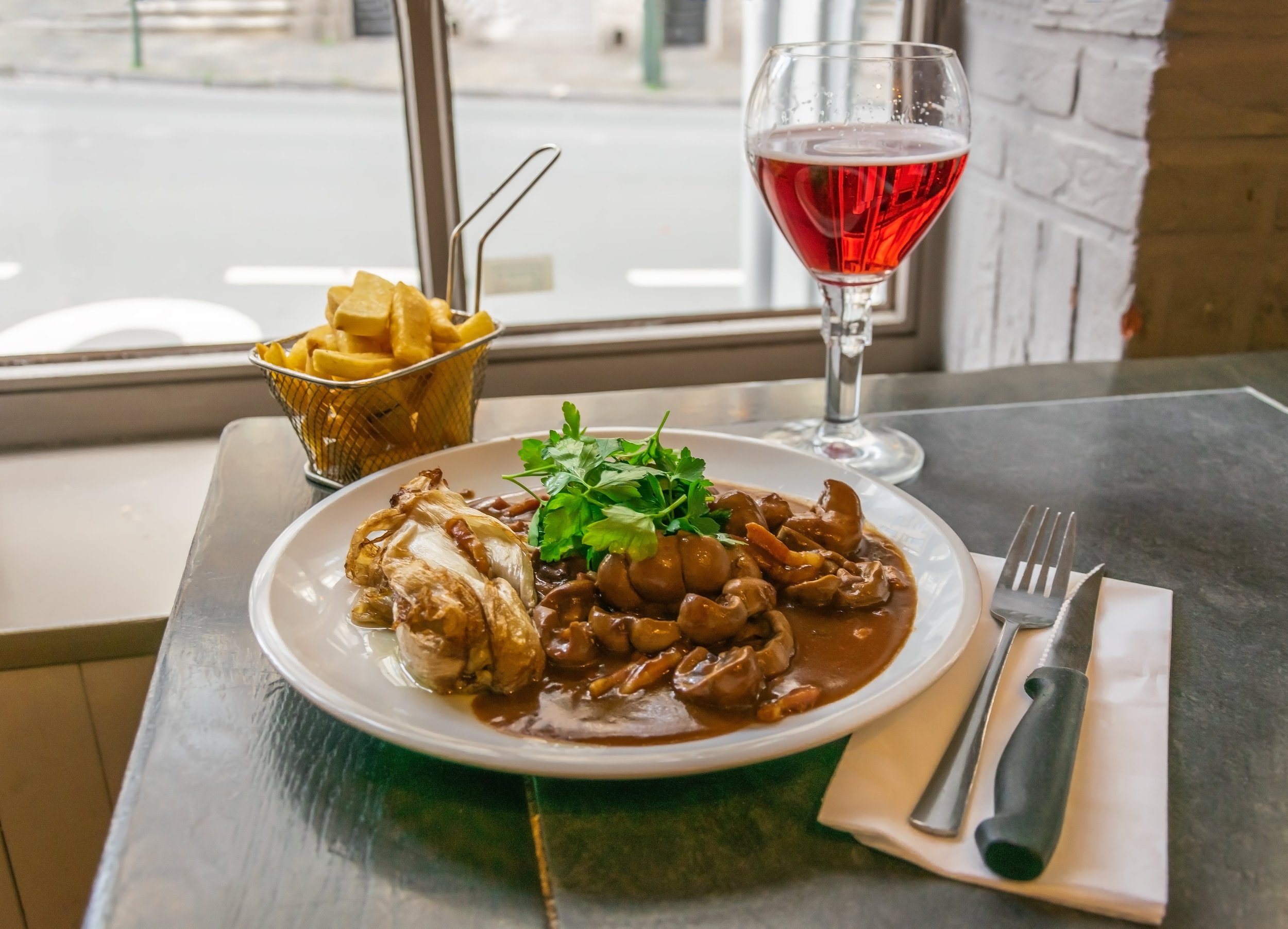20 Weird French Foods To Know Before You Go
Why would you want to know about weird French foods? Well, you may or may not want to eat them! Unless you are French or an adventurous eater, you may want to make sure you don’t order some of these famous French delicacies. Been there, done that.
On the flip side, if you want to fully explore traditional French cuisine, eating some of the weird food in France is a must. Depending on where you’re from, some of these interesting foods may even sound like culinary delights. Some are even on my Top 10 Foods To Eat in Paris list.
After all, French chefs can make almost anything taste delicious. Therefore, France is probably the best place to try something that you’re not familiar with. Most of what some tourists think of as the weirdest foods are actually popular foods found readily in French restaurants and food markets, especially if you’re traveling in their region of origin.
In European countries, they eat much more offal than in the United States, and there is much more focus on utilizing the whole animal. The keyword being “animal”: Most of these unusual French dishes are not vegetarian. Most of them will also not be included in a must-eat France travel guide or travel blog.
But like I said, it all depends on your frame of reference whether you’ll consider these to be disgusting French foods or delectable delicacies of France.
Weird Foods in France
L’Oursin - Sea Urchin
People eat sea urchin in many parts of the world outside of France, especially in Asian cultures. In fact, the first time I ate urchin was at a sushi restaurant; it was raw and tasted like the sea. In France, l’oursin is also most often consumed raw.
What makes sea urchins one of the most unusual foods is their appearance. Sharp, pointy, needle-like spines cover the outer layer of these round-shaped invertebrates. One can easily understand where the name sea hedgehog, used in several languages, comes from. One also wonders why anyone ever thought something tasty would be inside.
With its slimy orange flesh, the insides of les oursins can be just as off-putting as the outside. Yet they are so revered in the south of France, the Mediterranean city of Séte celebrates them every year with a festival in March.
Escargots - Snails
Snails, another one of the famous French delicacies that very few look at their first time and think, “Ooh, can’t wait to sink my teeth into those!” Admittedly, the French word “escargots” sounds much more appetizing, so that helps.
French food lore says edible land snails were first served in 1814 at a meal for Czar Alexander and Talleyrand, Napoleon’s chief advisor. The restaurant was out of food and the chef improvised with the snails he found in the garden. With butter, garlic, and parsley, he invented Escargots de Bourgogne, or Burgundy Snails.
Today, this is one of the most famous regional specialties and one of the quintessential foods associated with France.
As someone who picks up snails and moves them off the sidewalk so that no one steps on them, it took me a long time to muster the courage to eat them. It may be that my love for butter and garlic can overcome almost anything, but I genuinely like them. In Paris, one of the best spots to try Escargots de Bourgogne is aptly called L’Escargot Montorgueil on one of my favorite Paris food streets, Rue Montorgueil.
Bulots - Whelks
As a child, I scoured sandy beaches for whelk shells. Sometimes they still housed sea snails, and those were left behind. Just as with land snails, I never thought I was missing out on a great meal.
On Paris food streets and seaside towns, however, every fish market displays piles of bulots (not to be confused with the Filipino street food with a similar name). They are considerably larger than their land cousins and can be a little chewy, but not fishy at all.
Like escargot, this unusual French food benefits from the addition of butter and garlic, and oyster bars will include bulots on cold seafood platters with raw oysters and clams.
Sea snails can also be served cold with aioli (garlic mayonnaise), and they are often part of the traditional Provençal dish, Grand Aioli.
Les Cuisses de Grenouille - Frog Legs
Frog legs are one of the most interesting foods in the history of French gastronomy. The consumption of frogs’ legs all started with monks in the 12th century. During Lent, when meat was prohibited, they had frogs classified as a fish so that they could be eaten.
When the monks started eating les cuisses de grenouille, so did other French people, and today it is still a food France is famous for.
If you think eating a frog is gross, you may want to reconsider. Notoriously known as one of the weird white meats that tastes like chicken, frog legs actually do. They just have much less meat. And with a little garlic and butter goodness, they can be superb!
Foie Gras - Fat Liver
The French delicacy foie gras is the fatty liver of a duck or goose. Although somewhat controversial, it is one of the most traditional foods of southwest France.
Foie gras can be prepared in numerous ways and still be called the same name. So when ordering, pay attention to the preparation descriptions.
Popular dishes include foie gras en croûte, which are wrapped in puff pastry and usually sliced. At other times, foie gras is prepared as a pâté to be spread on toasts. Then again, it is also seared whole and served warm. I hate to admit that this is my favorite weird French food, and I will happily eat any version anytime.
For me, the best way to eat it is seared. Seriously, it is divine and tastes nothing like liver and onions.
Boudin Noir - Blood Sausage
If you’re a little squeamish, the main ingredient of boudin noir, blood, may send you running. Hunters have always drained the blood of their prey, and, in the spirit of using all the body parts of the felled animal, they found a use for it.
The French aren’t the only ones to mix the blood of animals with bread and seasonings to make a sausage; the English make this weird food as well. Still, you may not expect boudin noir to be one of the typical French entrée dishes on restaurant menus.
Beware: Sometimes it will be translated as black pudding. Make no mistake, you will not be getting a fabulous French dessert. Instead, you will receive blood sausages, probably with potatoes and onions.
Ris de Veau - Sweetbreads
Ris de veau, or sweetbreads, are another main dish the French love but visitors may not be accustomed to eating. And you may never eat it after learning what it is. Luckily, the culinary name “sweetbreads” sounds much more appetizing than calf’s pancreas or thymus gland. The meat of sweetbreads is very tender, moist, and a little gamey. And yes, I do like these too! I think they may be one of the best weird foods to try as they do not look alarming when they arrive at the table.
French restaurant menus offer a variety of preparations, but usually ris de veau are seared, or breaded and fried. Both of these versions have a crispy outside complementing the succulent, softer inside. The sauce for sweetbreads varies and can be anything from a savory demi-glaze to a fruit-based sauce.
Tête de Veau - Calf’s Head
This is perhaps the weirdest French food, in my opinion, and one that can turn you off at first sight. Unless you are used to whole animal heads on the dining room table.
Tête de veau has two main recipes. I won’t judge you harshly if you don’t want to try either. Does it help to know that former French president Jacque Chirac favored eating calf’s head?
The first recipe consists of the entire head minus the tongue and brain. Don’t worry, as you’ll read later, these are not wasted. The calf’s head is simmered for hours until the meat can fall off the bone and the skin becomes gelatinous. The head is placed on the table, and voilà!
The second option slices the meat off the bone and it is then smothered in gribiche sauce, made from blending hard-boiled eggs with mustard and oils.
Fromage de Tête - Head Cheese
Although not what Americans first think of when they hear the word “charcuterie,” head cheese will be found at butchers who specialize in these meat products.
Another word of caution: Head cheese, or fromage de tête, has nothing to do with cheese. It is a terrine made from the fat, skin, and meat of a calf or pig head set in aspic. It is then sliced and served cold, sometimes on a slice of bread or in a sandwich.
Is this any less weird than the tête de veau? Probably not. But seeing the whole head of the tête de veau can make me a little queasy.
Fromage Puant - Stinky Cheese
Consuming cheese on a regular basis at any time of day, even after dinner, is one of the French eating habits I fully get behind.
As a cheeseaholic, I think French cheese is the best in the world. But they’re not all mild like camembert or brie.
With over 1,000 types of cheeses, there are bound to be a few that cross the line into gross French food, or at least foods I’d rather not eat.
Some cheeses need an acquired taste before you grow to like them, others require an acquired smell. If you want stinky cheese to be part of your French gastronomic experience, start with a couple of the safer stinkers, like époisses with its mushroomy barnyard aromas, brie noir, and the mold king of blue cheese, Roquefort.
Then, you can move on to even more pungent cheeses like Vieux Lille, nicknamed “old stinky,” and Vieux-Boulogne, rated the smelliest cheese in the world many times.
One of the most unusual French foods has to be casgiu merzu, a cheese made in Corsica with insect larva. For the record, on the neighboring island of Sardinia, an Italian cheese with a similar name, casu martzu is made the same way.
Pieds de Porc – Pig’s Trotters
If you’re a fan of pig parts, you may already know that pieds de porc, or pig’s trotters, are pig’s feet, and that this part of the pig is used in recipes within just about every culture where pork is eaten. Waste not, want not, and all that. But although pig’s feet are a low-cost cut, the prepared dish has for centuries been popular among every strata of French society, including royalty. In fact, when King Louis XVI fled Paris during the French Revolution, he is known to have stopped in the village of Sainte-Menehould and enjoyed the still-famous style of pieds de porc made there.
Back in Paris, the legendary brasserie Au Pied de Cochon (another term for pig’s foot), has been serving not only pig’s feet but many other delicious French dishes of humble origin since it opened in 1947. Open 24 hours a day, it is said to have never closed since, and it’s a great place to order the dish to try for yourself the next time you’re in the French capital.
Langue de Boeuf – Beef Tongue
Working our way not head to toe, but in reverse, we come next to beef tongue, or langue de boeuf. This is yet more proof that the use of offal in the kitchen is a time-honored practice in France that continues to this day.
Langue de boeuf can be found on menus in a variety of offerings. It is often boiled or poached until quite tender and then served hot with a sauce. Other times, it is cooked in a similar fashion but then cooled and refrigerated and served cold with sides. It can even be cut into thin slices and used as cold cuts, included on charcuterie boards, or used as the main protein in a salad. Whether you lick your chops in anticipation of having some, or stick your own tongue out at the thought of eating another, now that you know the term langue de beouf, you won’t be tongue tied if you’re ever offered some.
La Viande de Cheval – Horse Meat
The popularity of la viande de cheval has ebbed and flowed over the course of French history. It was long banned by a papal decree in the 8th century, but following the French Revolution of 1789, the horses of the aristocracy were confiscated and used as food for the starving masses.
In 1866, the French legalized the sale of horse meat at special butcher shops. The reasoning was that horse was not only a cheap alternative to other meats beyond affordability for most people, but that being chosen for the butcher shop was a kinder end for horses than being worked to death.
Horse meat became popular, considered little different from other meats, and was prepared in various ways as just another mealtime option. But over time, as work horses were replaced by machines and horses became more akin in most minds to fancy pets you could ride, attitudes—and prices—changed. Although today horse meat can be sold in regular butcher shops and even French supermarkets, prices have soared while sales have plummeted, and you’ll rarely see cheval on a restaurant menu.
Couilles de Mouton - Sheep Testicles
Since even here in the United States, we have Rocky Mountain Oysters, it’s no surprise that the inventory of strange French foods would include sheep balls (which is actually the more accurate translation of couilles de mouton—if somewhat less formal than what I chose above).
The most popular version of the dish served as a main course is known as Les Frivolités Bénéventines and hails from the region of Périgord, which is also the birthplace of foie gras. Basically, the couilles are peeled, soaked in water for 3 hours, sliced thin, and then sautéed with salt, pepper, garlic, parsley, a little vinegar, and lemon. While I haven’t tried the dish, I’d travel almost anywhere for more foie gras, so when I get to Périgord, I might have to engage in this rite of passage as well and report back.
Farci Poitevin - Stuffed Poitevin
If you search the word “Poitevin,” you may see it is a breed of dog. Happy to say, this is not a dog dish. It is actually more the opposite—the only dish that can sometimes be vegan on our weird foods of France list.
Poitevin is also an ancient French dialect, and this peasant dish hailing from the Poitou-Charentes region boasts ancient roots as well.
What began as a humble way to use vegetable leftovers has evolved into a regional specialty. What could go wrong with cabbage, spinach, sorrel, onions, and herbs? The issue most people have with it is the presentation.
If you eat with your eyes first, you may gag before you take a bite. Some versions are so bad they resemble what may come out of the rear of a dog. But, luckily, that’s as close as you’ll come to eating canine in France.
Tartare de Boeuf - Steak Tartare
Tartare refers to a group of Mongols known to eat raw meat, and that is exactly what Tartare de Boeuf refers to, raw beef.
Truth be told, every time I eat steak tartare I enjoy it. Yet, I rarely order it. As a chef, who spent years temping beef to adhere to Health Department standards, it freaks me out just a bit. In France, I’m definitely in the minority.
From my culinary experiences in the country, I can assure you that the French adore this traditional French food. I’d even go out on a limb and say I’ve seen more people order steak tartare than any other dish. When you see so many people eating this beauty, I hope you’ll be tempted to try it too.
What makes it palatable, and even delicious, is the combination of seasonings and other flavoring ingredients like Worcestershire sauce, onions, black pepper, capers, and sometimes mushrooms, that are mixed with the beef. Don’t be surprised to receive a raw egg yolk on top as well.
Andouillette - Chitterling Sausage
If you’re thinking this sausage will taste like the spicy andouille one from New Orleans, you better read this.
Let’s start with chitterling, or chitlins as they are called in America’s South. If you’re not familiar with them, they’re pig intestines. So andouillette is a coarse-grained sausage made from these parts. Doesn’t sound too bad, right?
The problem is the pungent smell. Some offal really smells awful. Even when you grind it up and make it into a sausage. Even when it’s from Lyon, the food capital of France. If you dare to order andouillette, you will create a stench throughout the entire restaurant. However, you may be the only one offended by it.
Les Tripes - Tripe
I don’t want to discourage you from trying tripe if you haven’t tried it already, but I’ll go on record as saying I’m not a fan. It has nothing to do with it being the stomach of a cow and has everything to do with the texture and flavor.
That being said, there are three very popular tripe dishes from France to choose from—if you can stomach them. The first, from the cuisine of Nice, Tripes à la Niçoise, simmers tripe in a white wine and tomato sauce. From Lyon, we have Tripes à la Lyonnaise with bacon and onions. But the overwhelmingly most beloved tripe recipe comes from Normandy.
Legend has it that the recipe for Tripes à la Mode de Caen dates back to the 11th century. How does cow stomach with cider, Calvados, carrots, and onions sound? Can you really pass up the opportunity to try a French dish invented by William the Conqueror’s chef?
Cerveaux - Ox, Lamb, or Sheep’s Brains
When you see brains in a French butcher’s window, it’s hard to imagine someone is going to buy them, let alone cook them and eat them—but they will. They’ll soak them, then remove the veins from the wormy-looking gelatinous part to make one of two authentic French dishes that call for brains.
The cerveaux from a lamb or sheep are said to be softer and better for sautéed cerveaux, or sautéed brains. They are dusted with flour and seasonings, fried, and topped with lemon, garlic, and parsley.
The firmer ox brains are more likely to be used as a pie filling.
Rognons de Veau - Veal Kidneys
What do chefs do to make kidneys one of the classics of French cooking? Add a mouthwatering sauce, of course! Rognons de veau will usually be offered with either a creamy mushroom sauce or a buttery mustard sauce.
In the U.S., beef or veal kidneys do not appear frequently on menus, but in France, they are a popular source of protein. Maybe if Americans knew the health benefits of eating certain organs, we would eat them more? I’m guessing not, but here it goes.
Kidneys provide considerable amounts of important vitamins and minerals essential for a healthy immune systems. Specifically, these include vitamin B12, riboflavin, vitamin A, vitamin B6, iron, and selenium.
Which Weird French Foods will you try?
I’d love to hear what you think! Do you see yourself indulging in any of these French delicacies? Or do they fall in the category of disgusting French food?
I know sometimes getting past the unfamiliar can be difficult. As omnivores, how do we decide which animals and which body parts are acceptable foods and which are too weird to eat? It all comes down to cultural norms or personal choices.
I still remember decades ago seeing people eating fried guinea pig on a travel show and thinking, “Yuck—that’s a pet!” Yet I have no problem eating rabbit, and as a kid we had many pet rabbits. I guess sometimes we don’t need to make sense.

